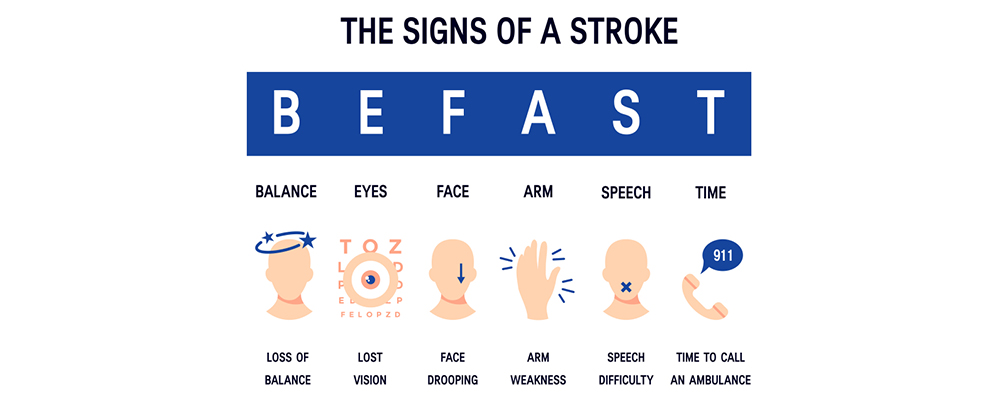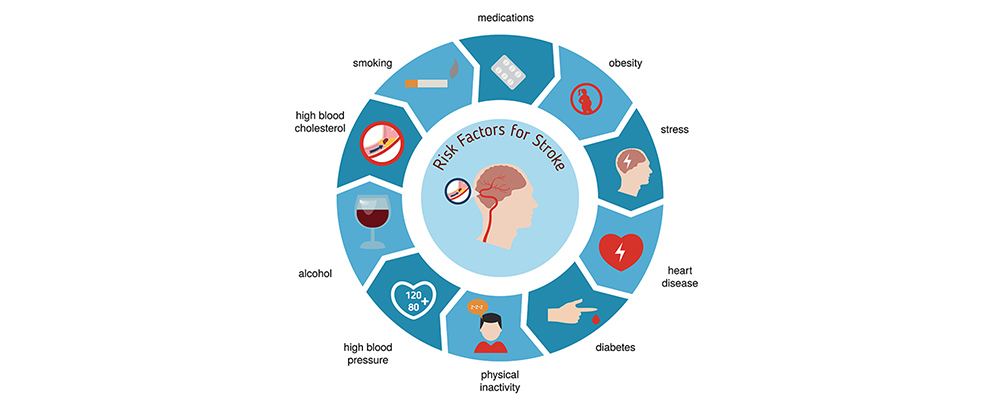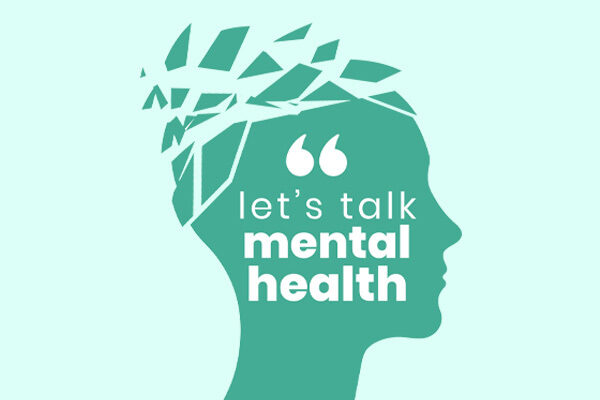Updated on October 4, 2022
Introduction:
An ischemic stroke is a medical emergency that occurs when the blood supply to certain parts of the brain is cut off or reduced, preventing brain tissue from receiving oxygen and nutrients. Timely treatment is critical; early intervention can help prevent brain damage and other complications. Permissive hypertension is one of the treatment strategies that a Cardiologist may employ after an ischemic stroke.
This is actually a stroke in which a blood clot prevents blood flow to a specific area of your brain. Higher blood pressure may have brain-protective benefits in these circumstances.
Throughout this duration, healthcare professionals will closely monitor the blood pressure to ensure that it does not become too high. Continue reading to learn more about permissive hypertension, its risks, and potential benefits.
What is an Ischemic Stroke?
Ischemic stroke is one of three different types of stroke. It accounts for approximately 87% of all strokes. It is caused by a blockage in an artery supplying blood to the brain. The blockage reduces blood flow and oxygen to the brain, resulting in brain cell damage or death. Brain damage can be permanent if circulation is not quickly restored.
The good news is that successful treatments have proven to lessen stroke-related disability. Paying close attention to the time the symptoms first appeared can help reduce brain damage and other complications. Stroke warning signs and symptoms include:
-
Difficulty understanding what others are saying and speaking:
You might sound confused, slur at words, or have trouble understanding speech.
-
Face, arm, or leg paralysis or numbness:
Your face, arm, or leg could suddenly become numb, weak, or paralyzed. One side of the body is frequently affected by this. Make an effort to simultaneously raise both arms above your head. You might be experiencing a stroke if one arm starts to fall. Additionally, if you try to smile, one side of your mouth might droop.
-
Vision issues in one or both eyes:
One or both of your eyes may suddenly become blurry or black, or you may experience double vision.
-
Headache:
A sudden, severe headache may be a sign that you are having a stroke if it is accompanied by vomiting, wooziness, or altered consciousness.
-
Difficulty in walking:
You might trip or become unbalanced. A sudden loss of balance or dizziness is another potential symptom.
The risk of stroke can be raised by numerous factors. Some of these factors include:
- Hypertension (a well-known risk factor)
- Secondhand smoke or cigarette smoking
- High levels of cholesterol
- Diabetes
- Sleep apnea
- Cardiovascular diseases, such as heart failure, heart defects, heart infection, or irregular heart rhythms like atrial fibrillation
- Stroke, heart attack, or transient ischemic attack in one’s family or personal history
How Can We Treat Ischemic Stroke?
The primary treatment objective for Permissive hypertension ischemic stroke includes promoting blood flow through a more congested area. There are several ways to accomplish this. In some circumstances, blood may be able to travel to the brain through a different blood vessel. In other situations, a partially closed vessel may partially reopen, allowing some blood to pass through.
Following are some of the pathways to restore blood flow to the brain:
Emergency IV medication:
The gold standard treatment for ischemic stroke is an IV injection of recombinant tissue plasminogen activator (TPA), also known as alteplase (Activase) or tenecteplase (TNKase). Within the first three hours, a TPA injection is usually administered through a vein in the arm. Sometimes, TPA can be administered up to 4.5 hours after the onset of stroke symptoms.
Emergency endovascular procedures:
Ischemic strokes are sometimes treated directly inside the blocked blood vessel by doctors. Endovascular therapy has been shown to improve outcomes and reduce long-term disability following an ischemic stroke. These procedures must be carried out as early as possible.
Permissive hypertension:
It is a treatment strategy in which a cardiologist holds or reduces blood pressure-lowering medication dosages for up to 48 hours after a stroke. As a result, a person’s blood pressure is usually higher than the commonly accepted range.
Permissive hypertension might not be the best treatment option after a stroke. However, some research studies have suggested that higher blood pressure may aid in the promotion of blood flow to brain blood vessels that may not have received blood during a stroke.
Why Do We Keep Blood Pressure Elevated After a Stroke in Permissive Hypertension?
High blood pressure is a major risk factor for stroke, and patients admitted with stroke frequently have blood pressures that are higher than normal. One reason for high blood pressure during a stroke is that the body is attempting to get more blood to the brain.
There are several reasons for keeping blood pressure high after a stroke. For starters, people who have a stroke usually have high blood pressure. Because their bodies are used to “running” on higher blood pressure, lowering their blood pressure too much may have an effect on how their bodies work.
Second, the brain is attempting to maintain or restore blood flow after it has been disrupted. Higher blood pressures usually result in increased brain blood flow. According to one study, patients who were cared for at home after a stroke improved more functionally than those who were cared for in an acute rehab facility after a stroke. The acute rehab facility tightened blood pressure control, preventing permissive hypertension.
Researchers have hypothesized that too-tight blood pressure controls after strokes hampered patients’ return to function.
What are the Potential Side Effects of Permissive Hypertension?
Permissive hypertension can be dangerous because extremely high blood pressure increases a person’s risk of transitioning from an ischemic stroke (caused by a blood clot) to a hemorrhagic stroke.
Doctors rarely recommend permissive hypertension methods for post-stroke care in patients who have a left-ventricular assist device (LVAD). This device works to help a heart that isn’t working properly. According to research, permissive hypertension can actually decrease (rather than increase) blood flow to the brain in such patients. As a result, allowing permissive hypertension with LVAD can be a risky strategy.
Recovery after a Stroke:
You will be closely monitored for at least a day after receiving emergency treatment. Following that, stroke care focuses on assisting you in regaining as much function as possible and returning to independent living. The severity of the stroke is determined by the area of the brain affected and the amount of tissue damaged.
Your movement and sensation on the left side of your body may be affected if the stroke affected the right side of your brain. If the stroke caused damage to the brain tissue on the left side of the brain, your movement and sensation on the right side of the body may be impaired. Speech and language disorders may result from brain damage to the left side of the brain.
The majority of Permissive hypertension stroke survivors enroll in a rehabilitation program. Based on their age, overall health, and degree of disability from the stroke, the doctor will recommend the most rigorous therapy program they can handle. The physician will consider their lifestyle, interests, and priorities, as well as the availability of family members or other caregivers.
Rehabilitation may begin before they are even discharged from the hospital. Following discharge, they may continue the program in the same hospital’s rehabilitation unit, another rehabilitation unit, or skilled nursing facility, as an outpatient, or at home.
Every person’s recovery from a stroke is unique depending on their circumstances.
The Takeaway:
Ischemic stroke is a serious condition that requires immediate medical attention. However, with the proper treatment, most people suffering from an ischemic stroke can recover or maintain enough function to meet their basic needs.
Permissive hypertension may appear to be an unusual approach. After all, it’s not every day that a doctor advises you not to take your medications. But on the other hand, this may aid in stroke recovery in the right patients. The best way to understand your stroke recovery is to speak with your doctor.
A stroke can be a life-changing event that can have an impact on both your emotional and physical well-being. You may feel helpless, frustrated, depressed, or apathetic at times. We at Revival Research Institute are testing new treatments, interventions, and tests as a means of preventing, detecting, treating, or managing this condition.







